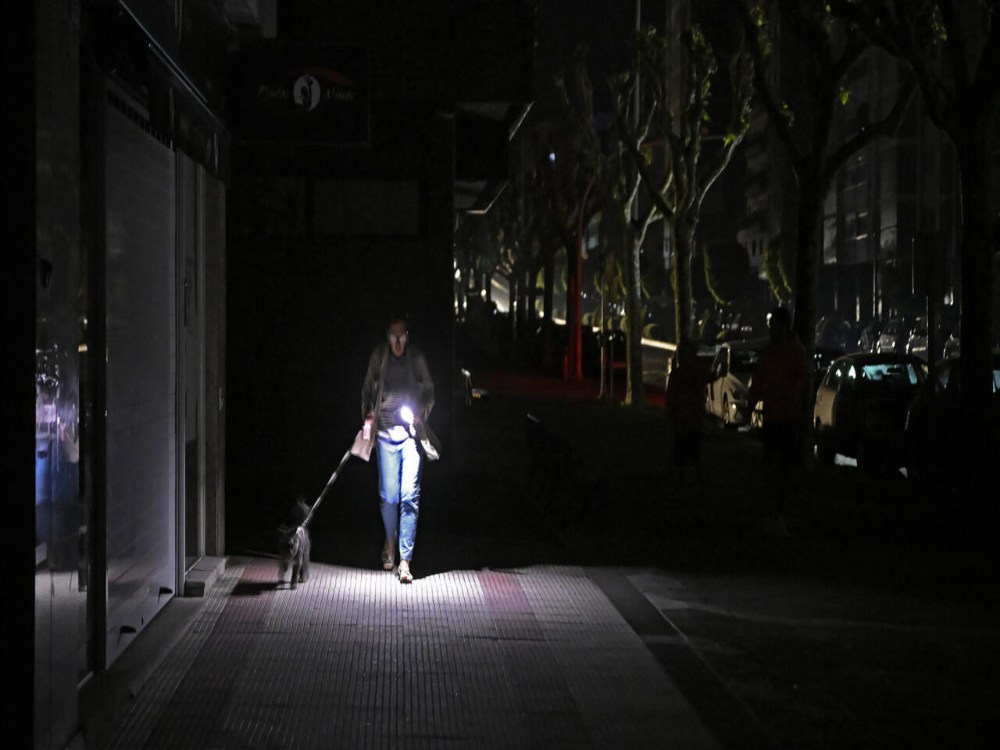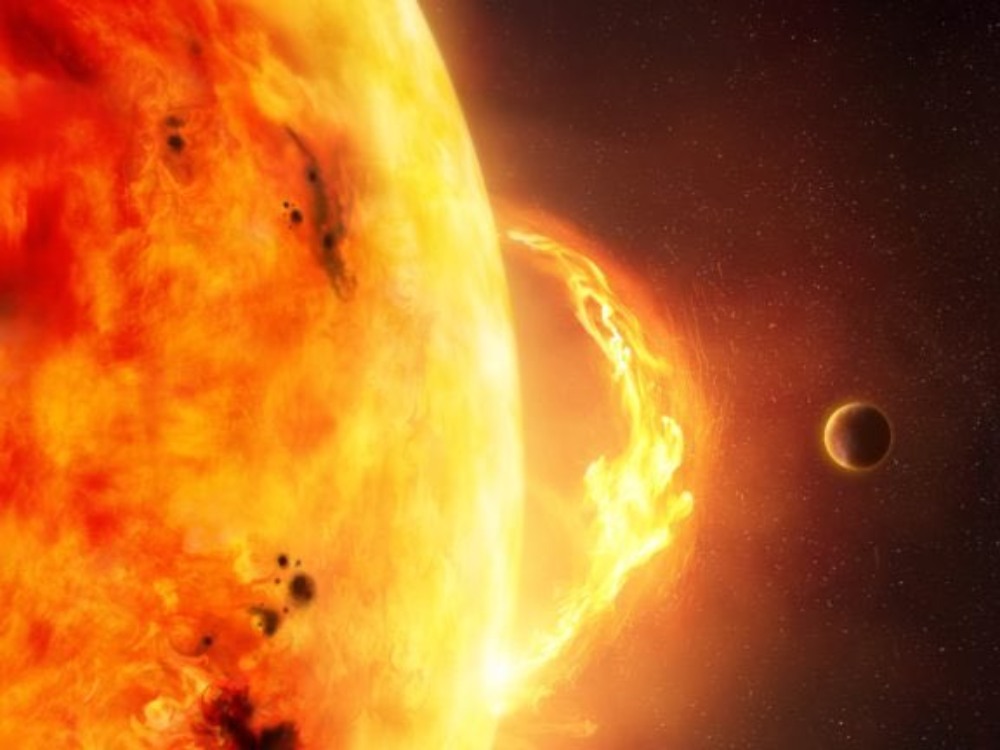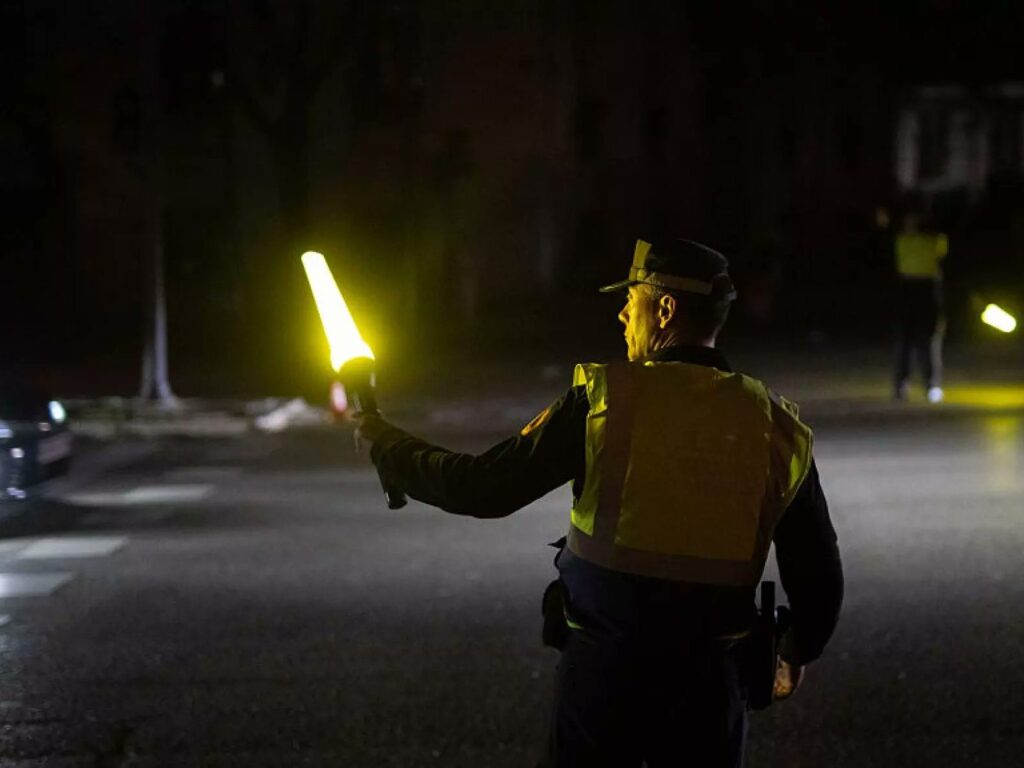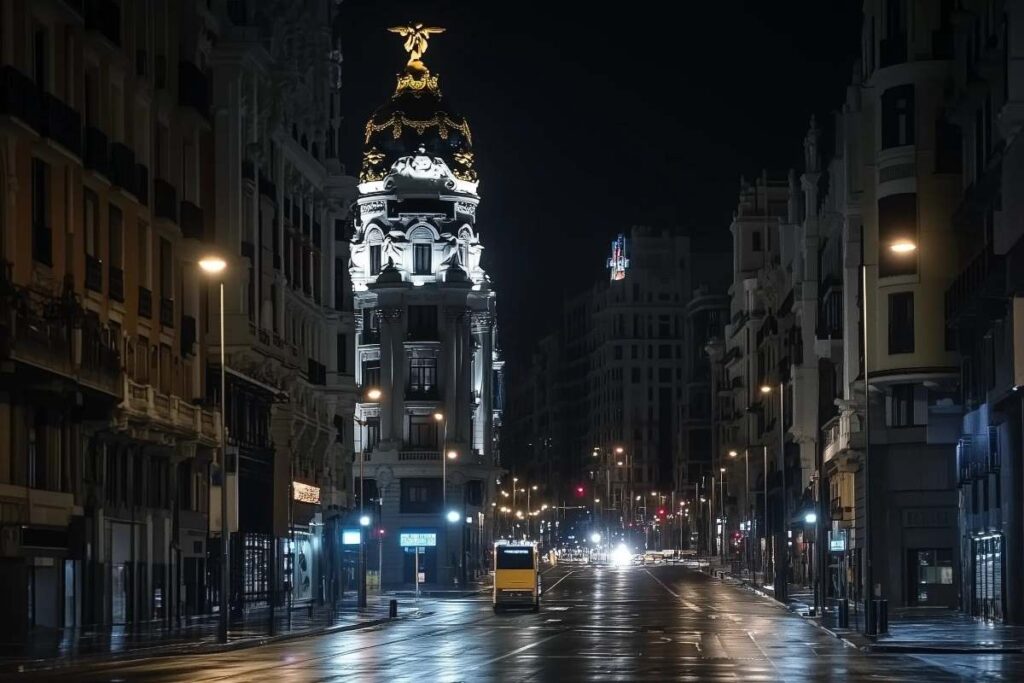On April 28, 2025, a devastating blackout swept through large parts of Europe. Hundreds of thousands of homes in Spain, Portugal, and parts of France were thrown into darkness.
The outage lasted for many hours and eventually led to the deaths of three people. The incident drew global concern and sparked flashbacks of a similar incident more than 150 years ago.
In 1859, after multiple sun explosions, particles of energy and light descended on the Earth. The result was equally catastrophic. These “patches of intensely white and bright light” damaged telegraph communication systems worldwide and left millions of people cut off from their friends and loved ones.
To date, authorities haven’t come up with convincing explanations for the cause of the blackouts. But for many people, history has already given us the answer. Could the 2025 blackouts be a repeat of the telegraph-destroying solar flares of 1859? Let’s examine both incidents and see if there are any dots to connect.

The 1859 Carrington Super Storm
On September 1, 1859, budding astronomer Richard Carrington joined his peers worldwide to observe the sun. He had been doing this for multiple days as more sunspots emerged on the solar disc.
On this fateful day, he climbed the observatory of his home in Redhill, England, to continue his routine. He also had his sketchpads, on which he drew images of the dark discs forming on the sun’s surface.
While doing that, he noticed a solar flare and a spill of bright material falling off the solar discs. He followed the falling materials as they descended for five minutes before disappearing. Hours later, they had fallen on the earth and caused a storm.
The impact of these materials on the earth damaged the telegraph lines. The telegraph systems across Europe, Canada, and the United States suffered severe disruptions. Some telegraph stations also erupted in flames after the impact.

The incident surprised technicians attached to telegraph facilities. Reports also emerged of some telegraph machines releasing electric sparks and papers catching fire.
The solar storms produced bands of super-brilliant lights called auroras. Reports say the auroras were so bright that they made the light strong enough for people to read the papers in the darkest part of the night.
The seas were difficult to look upon as they reflected the bright lights from the auroras. The phenomenon lit up communities, and it was also recorded that the brightness of the auroras deceived labourers into commencing their early-morning activities. Even birds made sounds, thinking a new day had begun.
The disruptions were so shocking that people thought the world would end. This incident would have remained controversial to date if Carrington hadn’t been observing the sun when it happened.

It’s been over 150 years since the Carrington Storm, and nothing similar has occurred until now. Let’s see how similar the blackouts in Spain, Portugal, and France are to the 1859 incident.
The 2025 Blackouts in Europe
After over two weeks of frantic investigations, authorities in Spain, Portugal, and France have yet to discover the primary cause of the blackouts that rocked the countries in late April. It was the “worst blackout in living memory in Europe,” affecting over 55 million residents.
The outages brought the whole country to a standstill. Large cities such as Barcelona, Madrid, and Lisbon groaned as trains and traffic lights stopped working. Activities in most offices were crippled, and households were traumatized by the incident.

While some have fingered a glitch in renewable energy infrastructure, others blame a “rare atmospheric phenomenon” like the Carrington Storm of 1859 for the incident. Unfortunately, there is no proof or “Richard Carrington” to back up these claims.
But those who believe the latter have a point. The blackouts that persisted for more than half a day are in the same class as the 1859 incident.
During their investigation, Spanish authorities uncovered power generation failures in three locations: Seville, Granada, and Badajoz. The power station in Granada started the chain reaction that led to the failures in the other two stations. However, authorities have yet to determine the cause of the initial Granada failure.
According to Sara Aagesen, the minister for Ecological Transition, experts have excluded some possible causes from their list. These are backup, coverage, or network size. Aagesen has assured the Spanish people that the government is conducting the “extremely complex investigation” with “rigour.”

On the Portuguese end, experts have disclosed that a mysterious power transmission issue caused the blackouts. But they’ve carefully ruled out speculations about the two most controversial suspects. “We have no information related to a cyber-attack or a hostile act at this stage,” authorities have stated.
Although the absence of auroras will make it easy to rule out a solar storm, many theories point to the sun, the hot and massive ball of gas.


